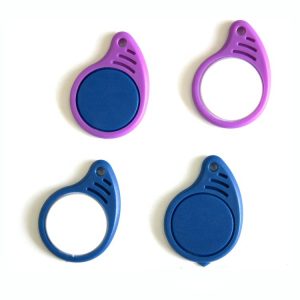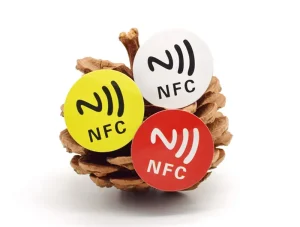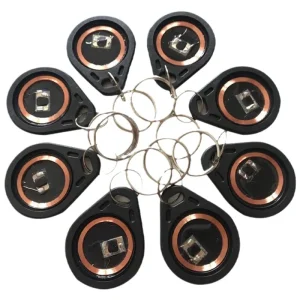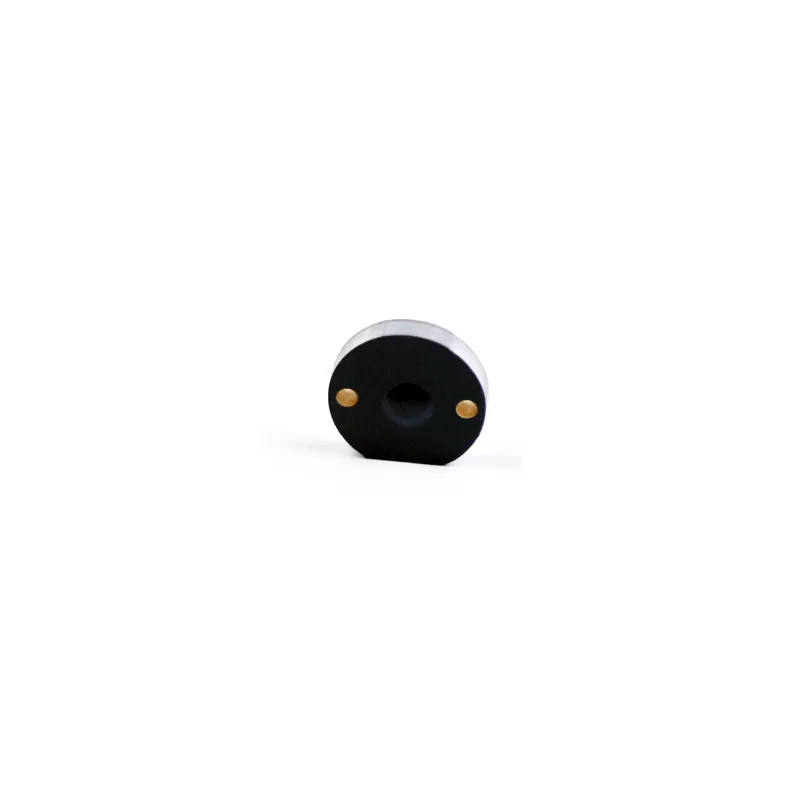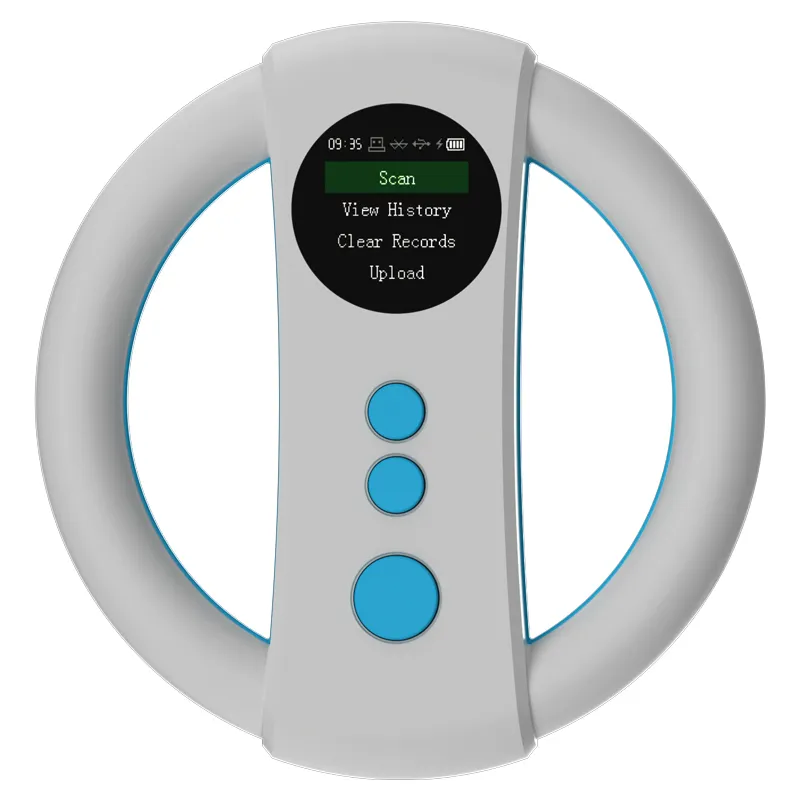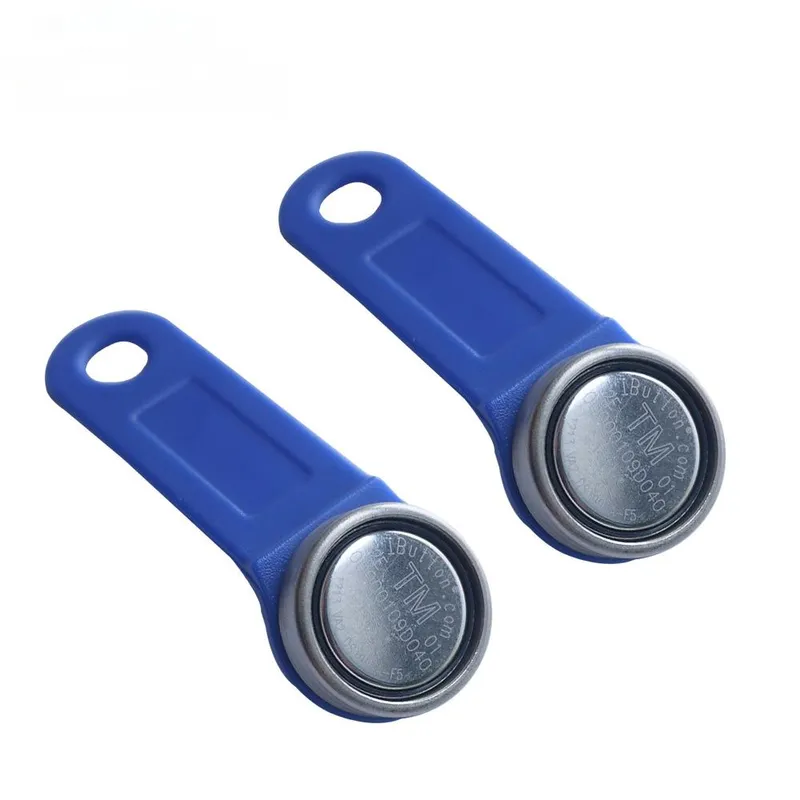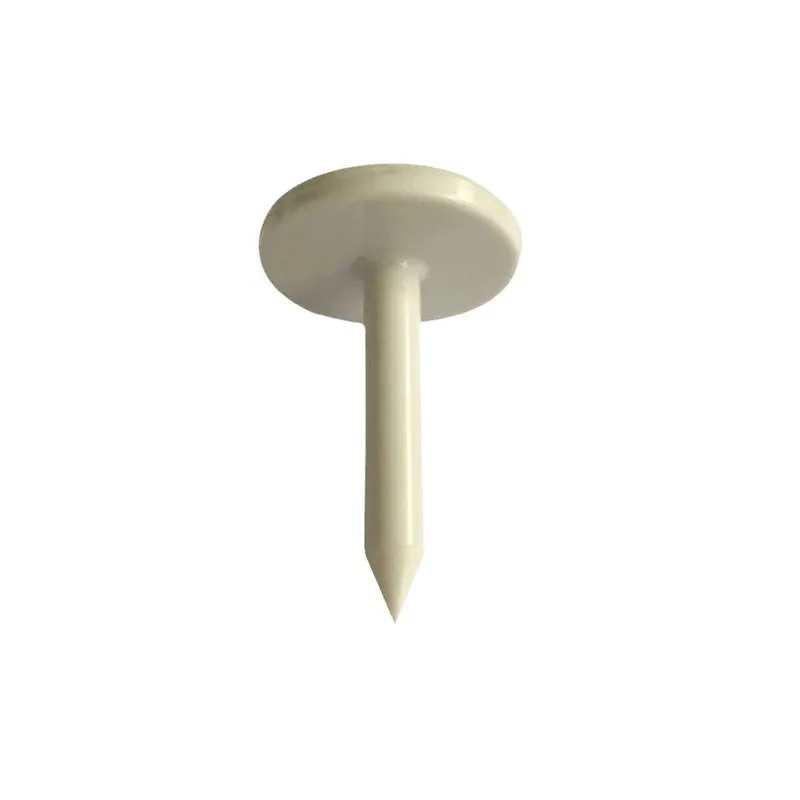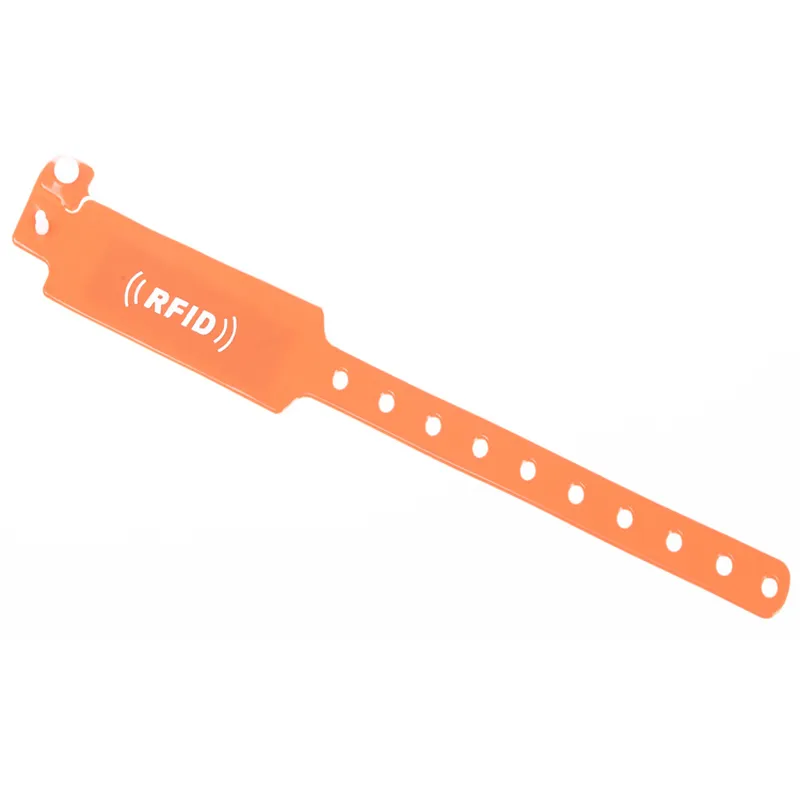RFID Bird Ring
MGA KATEGORYA
Gipili nga mga produkto
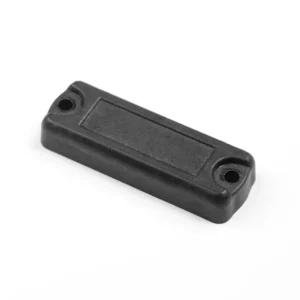
Long Distance UHF Metal Tag
Ang Long Distance UHF Metal Tag usa ka RFID tag…
Pang-industriya nga Pagsubay sa RFID
Industrial RFID Tracking RFID Protocol: EPC Class1 Gen2, ISO18000-6C Frequency:…
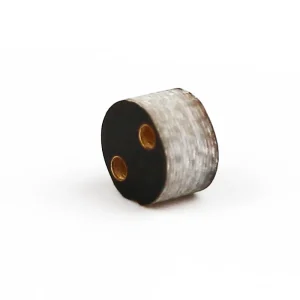
RFID On Metal Tag
RFID Protocol: EPC Class1 Gen2, ISO18000-6C Frequency: (US) 902-928Mhz, (EU)…
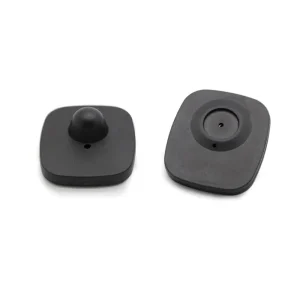
Anti Theft EAS Hard Tag
Ang Anti Theft EAS Hard Tag usa ka gamit nga gigamit…
Bag-ong Balita
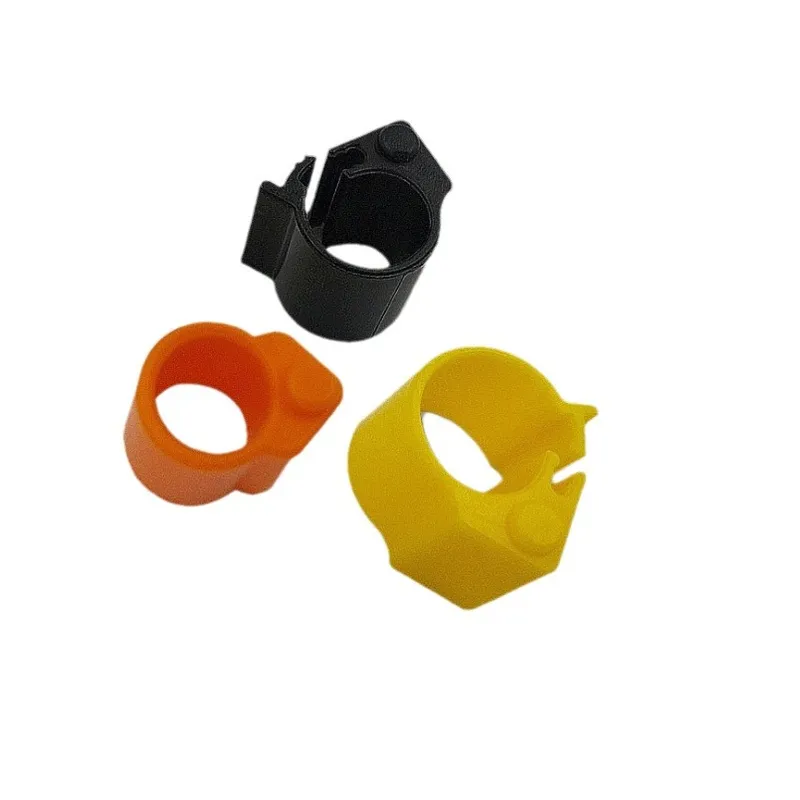
Mubo nga Deskripsyon:
Ang RFID Bird Rings kay mga passive RFID tags nga nagrekord sa talagsaong pag-ila ug oras sa pagbisita sa langgam sa RFID feeder.. Nagtrabaho sila sa -40 ° C hangtod 80 ° C nga sakup sa temperatura ug maayo alang sa pagsubay ug siyentipikong pagsulay sa lainlaing mga manok ug mga langgam.. Ang RFID pigeon leg bands makatabang sa mga breeder sa pagdumala sa ilang manok, pagpakunhod sa pagkawala, ug pagsubay sa pagkaluwas sa mga populasyon sa pagtuon sa paglabay sa panahon. Gigamit usab kini sa mga manok, ubang mga langgam, ug baka.
Ipakigbahin kanamo:
Product Detail
Ang RFID Bird Ring gitaod sa mga bitiis; ang matag langgam adunay talagsaon nga tag, ug ang pag-ila sa langgam, ingon man ang oras ug petsa sa pagbisita, gi-log sa matag higayon nga ang usa ka tag nga langgam mobisita sa usa ka RFID feeder. Kini nga mga passive nga RFID nga mga tag sa langgam, nga nagtrabaho sa -40 ° C hangtod 80 ° C nga sakup sa temperatura, maayo alang sa pagsubay ug mga katuyoan sa pagsulay sa siyensya sa lainlaing mga manok ug mga langgam. Anaa sila sa mga frequency sa 125 KHz ug 13.56 Mhz. Pa pa, kini nga RFID nga singsing mahimong gamiton alang sa dugang nga mga gamit diin ang usa ka waterproof RFID ring form factor gikinahanglan.
Ang mga bahin sa RFID racing pigeon leg ring
Kay sila makakita sa ilang dalan pauli, Ang mga salampati gigamit isip mga tigdala nga mga salampati kaniadto. Apan samtang ang teknolohiya sa telekomunikasyon paspas nga nag-uswag sa karon nga adlaw, mas daghang indibidwal ang nagpasanay ug mga salampati para sa mga sangka. Ang mga resulta niini nga mga panghitabo naimpluwensyahan sa kombinasyon sa katulin, espisye, kasinatian, ug higayon. Ingon sa usa ka resulta, Ang pagpadako sa mga salampati nanginahanglan usa ka hinungdanon nga oras ug kusog nga pasalig gikan sa mga breeder. Mas daghan ang mga salampati, nahimong mas importante ang pagdumala. Ang mga breeder kinahanglan nga maghunahuna pag-ayo sa daghang mga hinungdan, lakip ang pagpili sa husto nga mga lahi sa mga salampati, pag-assess kung unsang mga breed ang adunay labing maayo nga higayon nga molampos, ug pag-ila kung unsang mga salampati ang mas haum sa pagpatungha sa sunod nga henerasyon. Ang ubang mga hinungdan naglakip sa paghunahuna kung pila ang pakan-on sa mga langgam sa lainlaing mga panahon, pagmintinar sa ilang panglawas, ug paglikay sa mga disgrasya.
Giunsa Pagtrabaho ang mga Poultry RFID Leg Bands
Ang mga breeder mahimong mopauswag sa pagdumala sa ilang mga manok pinaagi sa paggamit sa RFID pigeon ID bands. Usa ka integrated RFID 125 Khz chip, ang matag usa adunay talagsaon nga numero sa UID nga nagpaila sa salampati ug mahimong mag-encode sa mga detalye sama sa mga espisye niini, habits, ug petsa sa pagkatawo, gilakip niini nga singsing sa paa. Ang mga breeder makahimo sa pag-ayo ug pagbutang sa mga salampati sa lainlaing mga hawla base sa kini nga mga datos. Ang mga breeder mahimong mamenosan ang wala kinahanglana nga mga kapildihan ug makahimo og mas maayo nga racing pigeons pinaagi sa paggamit niini nga datos ug sa RFID monitoring technology aron mas tukma nga mahibal-an kung pila ka mga salampati ang gikinahanglan sa pag-andam alang sa kompetisyon ug kung pila ka beses sila makigkompetensya..
Ang RFID bird rings malampuson usab nga gigamit sa mga manok, ubang mga langgam, ug baka dugang pa sa mga salampati. Ang mga breeder mahimong magrekord sa dugang nga hinungdanon nga impormasyon, ingon niana ang ngalan ug kahimtang sa kahimsog sa matag hayop, sa paggamit niining mga RFID tag ug RFID system dugang sa pagsubay sa petsa sa pagkatawo sa matag mananap. Aron matuman ang mga gipangayo sa lainlaing mga breeder, adunay daghang lain-laing mga matang ug porma sa RFID tags anaa, sama sa mga tag sa dalunggan sa baka, mga tag sa baka, mga tag sa karnero, etc., depende sa gidak-on ug klase sa mananap.

Unsa nga impormasyon ang atong makuha gikan sa RFID pigeon leg bands?
Naghatag ang RFID og labi ka detalyado nga kasayuran bahin sa pamatasan sa among gi-tag nga mga langgam. Gigamit sa mga tawo kini nga teknolohiya aron matubag ang lainlaing mga pangutana:
Unsang orasa sa adlaw ang mga langgam mokaon?
Giunsa ang pamatasan sa pagpakaon naapektuhan sa panahon o mga kakompetensya?
Sa unsang paagi ang lokasyon sa mga feeder makaapekto sa pamatasan sa pagpakaon?
Sa unsang paagi ang sekso ug pagdominar makaapekto sa mga pattern sa pagpakaon?
Ang mga tawo makasubay sa pagkaluwas sa atong mga populasyon sa pagtuon sa paglabay sa panahon.

![Taghimo sa Rfid Tag [Wholesale | Om | Odm]](https://www.fjrfidfactory.com/wp-content/uploads/2024/04/logo.webp)

